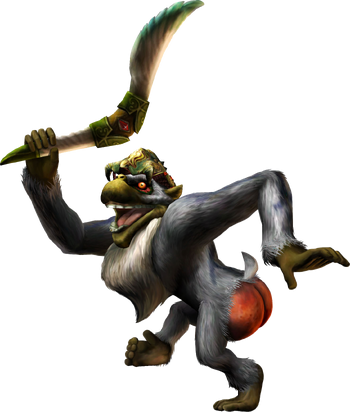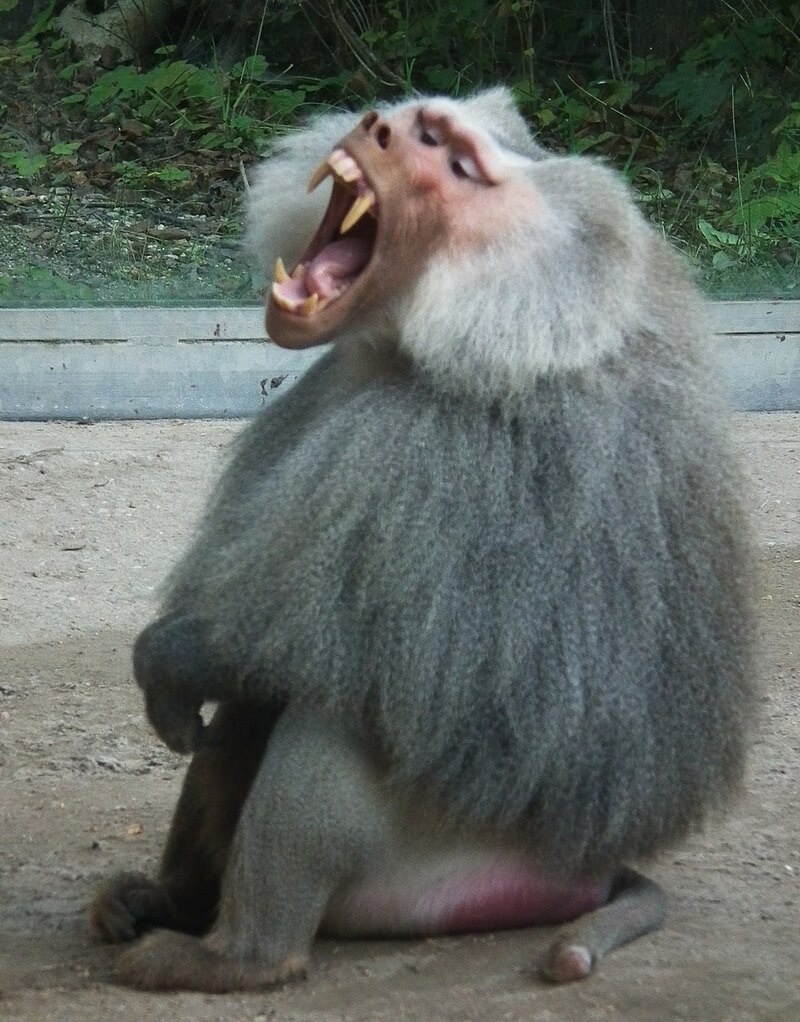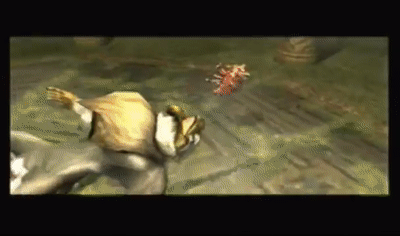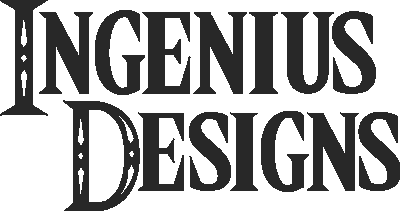When I’m creating a new cosplay picture (and indeed any piece of art), the final product is always influenced by the context of the rest of my life at the time of my creation.
Whether I realize it at the time or not, the amount of time I have available, my mood, my current interests and even the movies I watched recently all sneak into the way I choose to represent a particular scene.
In the case of Ook, I might never have made the picture in the first place if it weren’t for other things going on in my life.
In the first place, since beginning the Legend of Zelda Cosplay Project I have found that I am more keenly aware of the beautiful, fantasy-like landscapes found in the natural world all around me.
Fortunately, I live on an island in Washington State (the most beautiful place in the world, in my humble, totally non-biased opinion), and so I don’t have to look far to find some pretty spectacular scenery.

Just another sunset, taken a couple minutes from my house.
Recently, I took a weekend trip to Olympic National Park to see the Hoh Rainforest.
As I walked amidst the mosses and fallen giants, my imagination caught fire and I thought it would be the perfect place for one of Link’s many adventures.
In my mind, the beauty around me transformed into the forest temple and my mind’s eye saw the possessed monkey king “Ook” high in the branches of one of the mossy maple trees, roaring down a challenge to the Hero of Twilight before leaping into battle.

Inspired by this vision, I snapped some pictures like the one above. I wasn’t sure I’d actually create an Ook cosplay photo though, since by this point Aden (Link) was already putting together our pictures into a brilliant video montage, which kind of felt like the symbolic end of the project for me.
A few weeks later, however, Aden told me he needed one more picture for his video, and asked me to throw something together. I already had just the thing in mind!
The Forest Temple
Ironically, although the Hoh Rainforest provided the inspiration for my picture, I didn’t end up using any shots of it in the final version of my Ook scene.
This was because of the picture’s second major piece of context: the video.
Almost all of my Link cosplay pictures were created long before the video—indeed, long before we’d even thought of doing a video.
This one was different, though. The video was already made and I knew exactly at what point my picture was to fit in.
For the sequence Aden was planning, the camera flies through various scenes using a “parallax” effect to create a heightened sense of motion and drama. This effect fractures the image around the edges, but leaves the focus fairly intact in the center.
As a result, the action of my picture needed to be fairly well centralized in the frame. This sort of ruled out my original idea of Ook sitting in the trees staring down at Link, since that would put both characters in opposite corners (where the parallax effect would make hash of them).
The idea of Ook jumping down at Link didn’t quite work either, because the action would mostly be along a two-dimensional diagonal line. This would look out of place in the film, because the other pictures in the parallax portion have action which is moving outward toward the camera.
After a little consideration, it just seemed best to throw out my idea of using my Hoh Rainforest pictures. I did, however, decide to keep the idea of changing the battle from an indoor fight where Ook hops atop totem poles to an open-world forest battle.
To convey the idea of a “forest temple”, I searched through a lot of images of India’s jungle ruins (some of which actually are temples). In the end, though, I decided on the following Mayan-inspired wallpaper image as the backdrop for my scene.

This was one of the few cases where I selected an illustration for my background rather than an actual photo (if you couldn’t tell the difference, then kudos to the artist for photorealism).
Creating the Monkey King
As with most of my pictures, the greatest challenge (and the funnest part) was making the monster.
In this case, the bad guy was Ook, the king of the forest monkeys, who unfortunately had become possessed by an evil parasitic “shadow insect.”

Image from: Zeldapedia.
From his posture and general shape it is obvious that Ook is a baboon. It was my first impulse to turn him into the bigger Mandrill species, because Mandrills are the biggest monkeys in the real world, and they are so fancifully colored that they seem like something out of a video game.
Mandrills look truly ferocious when they roar and one would have made a great boss. Even so, since I’d already decided to take Ook down off the totem poles where he spends most of the battle (I dislike long-range fights and prefer my pictures to feel more intimate) and since I also didn’t want to include Ook’s signature rump-slapping taunt in my picture (too silly for my purposes), I decided I would need to make him look more game accurate if anyone were to recognize him at all.
From Ook’s coloration and the thick fur around his neck, it’s obvious that he is a Hamadryas baboon.

Image from: Wikimedia Commons.
I love the manes on these guys. They make them look so much bigger and more intimidating—perfect for a mini-boss.
Their arms and legs, on the other hand, are thin and don’t really deliver on the promise of their head and neck.
I wanted a more muscular build, so I attached the torso of perhaps the most intimidating primate of all (if not strictly a monkey)—an angry silverback gorilla!
I inserted the flying weapon into the corner of the screen opposite Ook, then used Link’s sword to draw a strong diagonal line from the foreground boomerang to the background baddie and with that the in-your-face action demanded by the movie sequence was completed.

Game Accuracy: Easter Eggs
At this point, the picture was shaping up to be pretty cool, if not entirely game-accurate.
Since all of my pictures attempt to transport Link out of his video game and into the real world, complete game accuracy has never been that high of a priority for me. Even so, the jungle background of this picture was so busy that I thought I could hide a few Easter eggs in there for the true Zelda aficionados.
Shadow Insect
In the game, Ook is possessed by an evil parasite that clings to the top of his head. At the end of the fight, the insect dies and falls off.

Once the insect is gone Ook comes to his senses and even later helps Link fight the enormous Twilit Parasite Diababa.
The insect is vaguely golden in color. It’s totally not game canon, but I imagine the deceiver, Zant, presenting the monkey king with it as a crown, but when the foolish simian puts it on his head, it begins to control him.
To represent his possessed state, I placed an unnatural glow in Ook’s eyes. And, since I didn’t want to make the parasite too obvious (a big bug on his head would have felt silly and distracting), you can see it peeking out over his forehead in my final picture.

For the segmented parasite itself, I used an image of one of the creepiest real-world animals out there: the giant Isopod.

Image from: Alchetron.
These enormous (up to 2.5 feet long) relatives of the wood louse really can be parasitic. Some have developed the nasty habit of latching onto the tongue of a fish, eating it, and then replacing the tongue for the rest of the fish’s life in order to get a constant supply of food.
This was actually the second time I drew on the alien-looking isopod anatomy in my pictures. I used an isopod shell to help me create Levias, another parasite-infested creature.
Enough with the creepy critters. Let’s move on!
Smoke
Just like Ook was possessed by the parasite’s influence, the magical weapon he wielded—the Gale boomerang—was similarly corrupted.
The boomerang is given its powers by the fairy of winds that resides inside. When she falls under the shadow’s power, rather than create miniature whirlwinds, the boomerang leaks a foul black smoke as it flies.
This smoke is also present in my picture, although it’s not a main focus. It’s mostly there to subtly enhance the feeling of motion in the boomerang. You may not spot it against all the busy shadows of the forest, but if I remove the picture background you can see it clearly swirling all around the boomerang.

Baba Serpents
You may have noticed in the gif above that when Ook hurls the boomerang, it dislodges several carnivorous plants called Baba Serpents, which immediately go hungrily slithering after Link.
“Baba” plants are a recurring theme in the Legend of Zelda games. They come in a few different forms, but always have the same bulbous pods with big teeth, a big tongue and a big appetite.
When I see these plants, I am always reminded of an extremely similar creature design from the 1962 version of Little Shop of Horrors.
The comedy of this similarity was too much for me to pass up, so I snuck a little version of Audrey II into the corner of the picture.

Totem Poles
The last little thing I snuck in was a reference to the totem poles where Ook spends 90% of his time in the actual battle.

Like I said before, long-range battles are fine for gaming purposes, but for my pictures I prefer things to feel a little more up-close and intense. Still, I didn’t mind slipping a totem into the background:
Summary
Every piece of art tells a story—not just about the people and places it depicts, but also about the life of the person who created it.
This scene was inspired by a trip to the rainforest, but its composition was directed by the fact that we were making a movie. The monster and his crown are drawn from my love of the animal kingdom (and of strange and fascinating facts), and I was actually in the cosplay picture I took Link out of.

Even when ostensibly “copying” a movie or game, every artist leaves a little bit of his or herself in an artwork. For me, that’s part of what makes the whole thing worthwhile. When I come back to a picture a drew or a song I wrote even years ago, they have the incredible ability to transport me back to the time, place, and feelings that created them.
I guess that means I should probably do most of my creating when I’m in a good mood…







